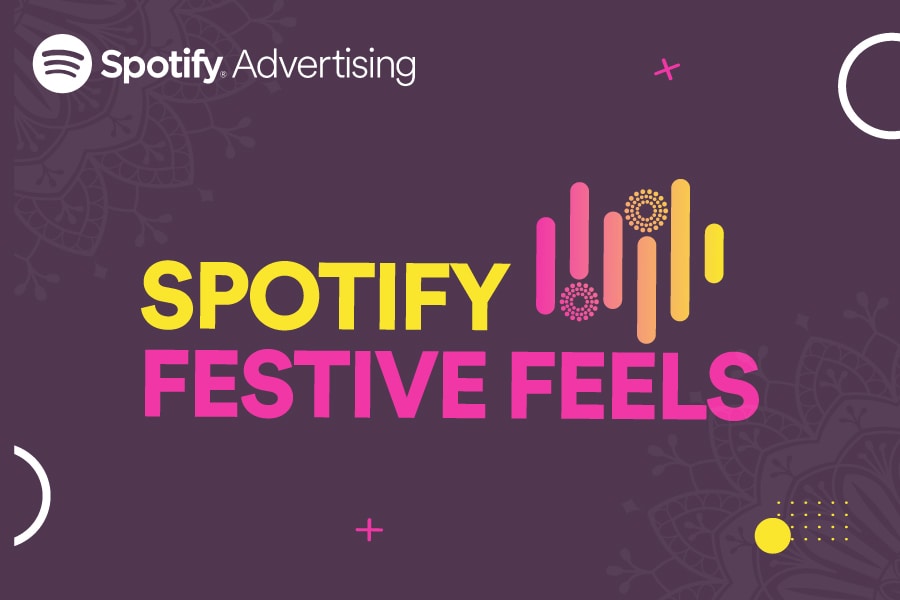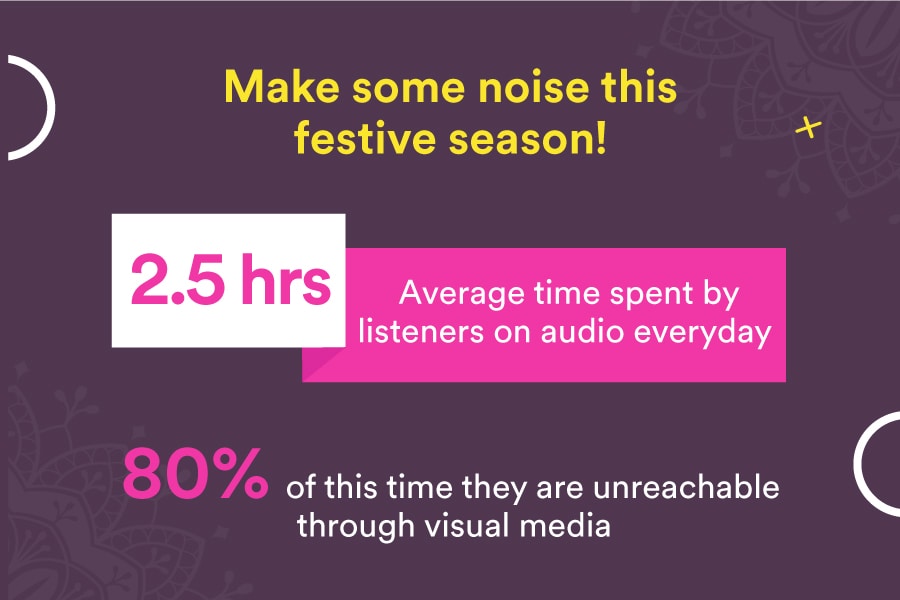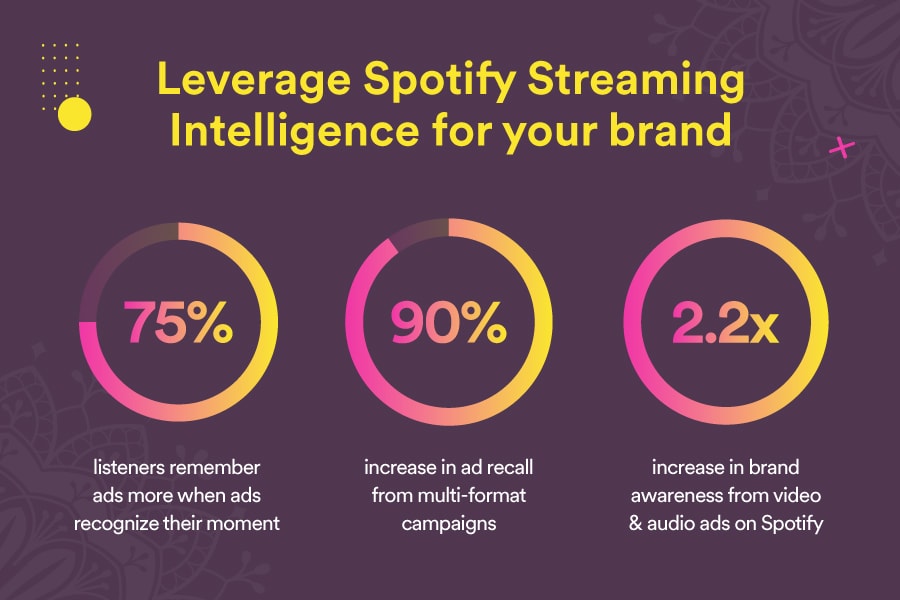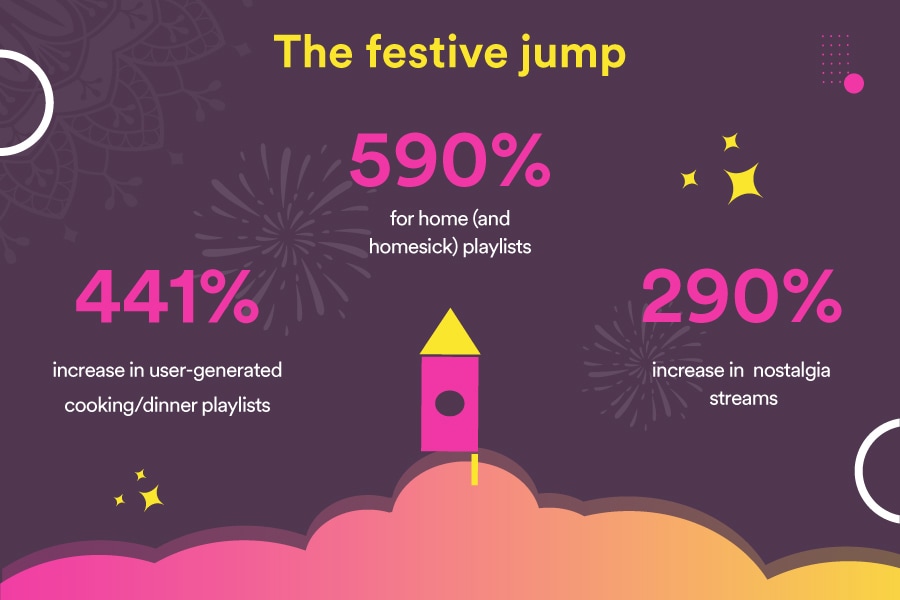
Off the charts: Spotify's marketing prowess
Spotify has pioneered customer engagement where listeners not only enjoy their favourite music fix, but marketers, too, can personalise their ad campaigns with a universe of possibilities at hand

It didn’t take long for Spotify to become a household name in India. Listeners glue onto the streaming service for hours at end whether on long commutes or while working on their favourite projects. Spotify has pioneered intelligent music recommendation algorithms which learn from the tastes and preferences, among a zillion other attributes, of all listeners. Small wonder that it is common to watch bobbing heads on metros, buses, cars or trains, of folks listening to their Spotify playlists.
Sample this: on an average, the Indian listener spends around 2.5 hours each day consuming audio. More crucially, two-fifths of the time, they can’t be reached and wooed through visual media. eMarketer, a research firm reports that adoption of music streaming was the number one activity on peoples’ lists during the pandemic.
The advent of connected devices has caught the fancy of millions of millennials in the country. This has also given marketers different ways in which they can reach their audience. Imagine disseminating the advertising message to listeners who now enjoy portability of audio through sources such as car, watch, Smart TV, game console and home speakers. These are key “screenless” moments where the message can be personalised and targeted to all listeners. Spotify, a global force in music streaming, has marched ahead since it was introduced in India in 2019. Its music catalogue grows by the day and it has tied up with podcasters to create exclusive and curated content for listeners who love a good story.

Spotify is privy to billions of hours of listening data from users across the country. This lets the company to derive actionable insights about consumer behaviour to recommend songs, among other things, through what is called “Streaming Intelligence”. This also helps brands make their communication more relevant, engaging, and meaningful. For instance, in a survey, it was found that 75% of Spotify listeners remember ads more when the messages recognise their moment or setting. This sensory combination extends the marketers’ creative options.







